Land Transportation Office (LTO) motorcycle registration renewal can be quite intimidating for those who don’t know how it works. For those who are familiar with the process, it’s pretty straightforward. Simply go to the LTO, complete all documentary requirements, and pay the appropriate fees.
A motorcycle’s initial registration may be valid for one to three years, depending on the type. Vehicle owners should renew their registration at the LTO annually before the first registration expires. The Land Transport Management System (LTMS) portal now allows motorcycle registration online. I’ve included a complete guide for your reference on how to renew your motorcycle registration.
Read Aslo: National ID Tracking Online In Philippines
Renewing your Motorcycle Registration in LTO
Registration with the LTO is a must for motorcycle owners after they purchase their vehicle. In addition to complying with the laws, this allows the government to ensure that the vehicle is safe and roadworthy. As well as tracking and tracing the vehicles back to their owners in cases of accidents or crimes, it also assists the government.
It is imperative to renew your motorcycle’s registration once it expires for the same reason. In addition, since a motorcycle’s condition can change over time, renewing its registration allows the government to check if it is still roadworthy and will not put you or others in danger.
What Happens When You Don’t Renew Your Motorcycle’s Registration?
If you’re even thinking of not renewing, you’ll probably want to know the consequences. Some of them are listed below:
- Fines up to 10,000.00, but may vary according to:
- Your vehicle type
- You haven’t been registered for how long?
- Whether you had committed any traffic offenses or violations
- The vehicle will be impounded until it is registered
- Driver’s license suspension
When to Renew Your LTO Registration
You can check your motorcycle plate number to see when it’s time to renew your registration. Registration renewal is determined by the digits on your number plate and the week of the month.
Below is a guide you may find helpful:
Using the last digit on the number plate, you can determine the renewal month:
Last Digit of Plate Number – Month
- 1 – January
- 2 – February
- 3 – March
- 4 – April
- 5 – May
- 6 – June
- 7 – July
- 8 – August
- 9 – September
- 0 – October
As a reference, the second to the last digit of your plate number will serve as your weekly registration renewal deadline.
Second to the Last Digit of Plate Number – Weekly Deadline
- Working days 1, 2, 3 – 1st to 7th
- 4,5,6 – 8th to 14th of the month
- 7,8 – 15th to 21st of each month
- 9.0 – 22nd to last working day
Renewal Costs and Fines
Do you want to know how much damage it would do to your wallet? Your tentative price guide is as follows:
Item – Amount to Pay
- Fee for registration/renewal – $659.31
- Amount of insurance – $650.00
- Tests for emissions – ₱400.00
- The stencil costs -$20.00
- Total fees – ₱1,729.31
Fines/ Penalties
- Penalty for late renewals – $100.00 per week
- Those who have not renewed for over 12 months will be charged an additional 50% of the Motor Vehicle User Charge (MVUC).
- Delinquents – An additional 50% of MVUC plus renewal fee for each year they haven’t renewed
- Those with traffic violations – Additional 50% of MVUC plus registration fee for each year of delinquency.
- *Prices are subject to change without notice.
Requirements for Registration Renewal
Having learned everything you need for the motorcycle registration renewal, it’s time to learn about the documentation requirements. You can always prepare these documents in advance to avoid the hassle, even though they can be easily obtained near the LTO offices.
The following documents need to be prepared:
- Liability for third parties (CTPL)
- The Taxpayer’s Identification Number (TIN)
- Original Certificate of Emission Compliance (CEC) issued by LTO-accredited Private Emission Testing Centers (PETC) or other LTO-authorized emission testing centers
- A copy of the original registration receipt (OR)
- Certificate of Registration (CR) photocopy
- A completed and approved Motor Vehicle Inspection Report (MVIR)
- An affidavit of loss must be notarized in the absence of an initial registration
Additional Requirements
Exempt from taxes
Specified Economic Zones (SEZ): Other Exempt Vehicles (OEV)
Hired
Theft and recovery of stolen property
- Presenting the original and submitting a photocopy of the lifting of general alarm
- Report of Recovery: Presentation and submission of a photocopy
- The original Alarm Sheet must be presented, along with a photocopy
- The original PNP Crime Laboratory (macro etching report) or National Bureau of Investigation (NBI) report identifying the motorcycle and stating whether tampering was done to the engine or chassis, if any.
- The original certificate of re-stamping must be provided if the engine or chassis has been tampered with
The reactivation of storage
- A copy of the LTO and the appropriate insurance Certificate of Cover (COC) must be electronically transmitted
- MVIR (Motor Vehicle Inspection Report) duly completed
- CEC (Certificate of Emission Compliance) original
- The original receipt for return plates and licenses (RRPL)
- For hire, electronic confirmation of valid franchise or PA, or extension of validity, or MTOP with valid Official Receipt.
How to Renew Your Motorcycle Registration
It is already possible to renew your motorcycle’s registration after collecting the necessary documents.
To do so, follow these steps:
Step 1: Get your motorcycle insured and obtain Compulsory Third Party Liability (CTPL).
Step 2: Schedule an oil change or tune-up for your motorcycle.
Step 3: Go to an LTO-accredited Private Emission Testing Center (PETC) for an emission test and comply with the Clean Air Act (RA 8749).
Step 4: Take your motorcycle along with your complete documentary requirements to your preferred LTO.
Step 5: Visit the designated LTO Transaction Counter and inform the staff that you wish to renew your motorcycle registration.
Step 6: Obtain a queue number and a Motor Vehicle Inspection Report (MVIR).
Step 7: Complete the Motor Vehicle Inspection Report (MVIR).
Step 8: Present the duly completed MVIR form to an authorized LTO inspection aide.
Step 9: Check the following parts of your motorcycle with the inspection assistant:
Step 10: Your engine will be stenciled and your chassis number will be recorded after inspection.
Step 11: Ask the inspection assistant to fill out and submit the MVIR form.
Step 12: After the inspection has been completed and approved by the inspector, go to “Evaluation” with your documents.
Step 13: Review all of your documents with the LTO evaluator before submitting them.
Step 14: Wait for your number to be called by the cashier.
Step 15: Proceed to the Cashier to pay the Registration Renewal Fee and/or any other applicable fees.
Step 16: Go to the “Releasing” counter and wait for the releasing counter to call your name (or the name on the CR).
Step 17: Request an Official Receipt (OR), Certificate of Registration (CR), registration sticker, plates, and RFID sticker.
Step 18: Put the registration sticker on your motorcycle.
How to Renew the Registration of Motorcycles without License Plates?
In the event that your initial registration has expired and you still do not have your LTO Plate number, you will still need to renew your motorcycle registration.You must also do so by a specific date, and your deadline is not determined by the MV file number on your temporary plate.
Instead, you will need to use the date of release from the dealership as the basis for your yearly renewal until you receive your permanent plates. In addition, you must also obtain a temporary plate authorization and a temporary plate before you can obtain your CPTL insurance and emission compliance certificate. As soon as you have completed these steps, you can simply follow the same steps for renewing your motorcycle registration.
Important Reminders
Here are some things you should keep in mind when renewing your motorcycle registration:
- To use a temporary plate and a printed assigned temporary plate, you will need an authorization.
- The authorization and temporary plate will cost you around $50.00.
- Authorizations and temporary plates are valid until the permanent plates are issued.
- During emission testing and picture taking, PETC personnel will attach the printed temporary plate.
- If you get a CTPL insurance, you’ll also need an authorization and a temporary license plate.
- After the inspection is complete, be sure to pay the inspection aide for his services.
- Don’t forget to bring your motorcycle for renewals; the LTO will inspect it and stencil the Vehicle Identification Number (VIN).
- When riding a motorcycle on public roads in the Philippines, always carry your LTO Certificate of Registration (CR) and your Official Receipt (OR).
- A CR proves that the vehicle is registered and valid, while an OR proves that the LTO Office has received registration payments.
- If you are stopped by law enforcement without your OR/CR, you will be fined and penalized.
- In the event that you are caught driving an unregistered motorcycle for more than a month, the authorities will impound your motorcycle until you register it and pay off any fines.
- You can renew your registration at any LTO District Office. Visit the LTO Office closest to you.
Conclusion
In the same way that your motorcycle’s registration needs to be updated each year to remain roadworthy and safe, you need to keep it updated yearly as well. Moreover, it assists you, as the motorcycle owner, in avoiding fines, impoundments, and other legal problems. Furthermore, it helps the government to track and trace the motorcycle back to its owner if it is involved in an accident or a crime.

 Blog2 weeks ago
Blog2 weeks ago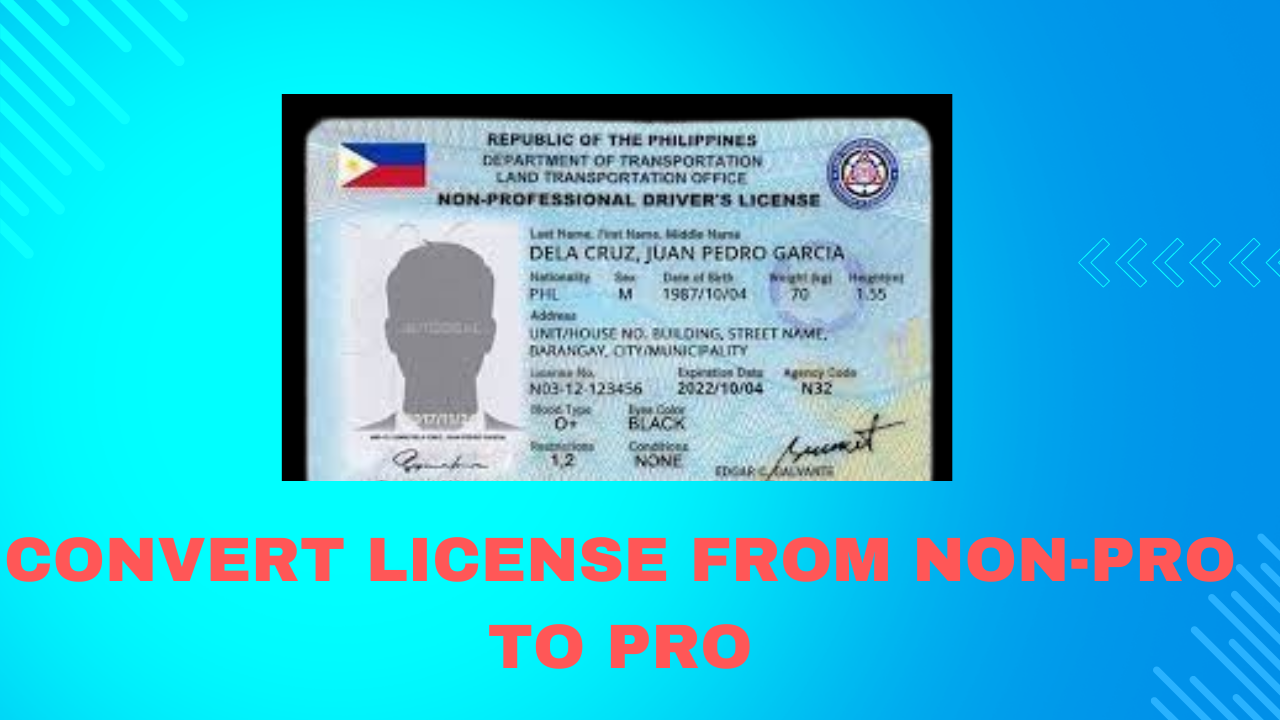
 Driving License8 months ago
Driving License8 months ago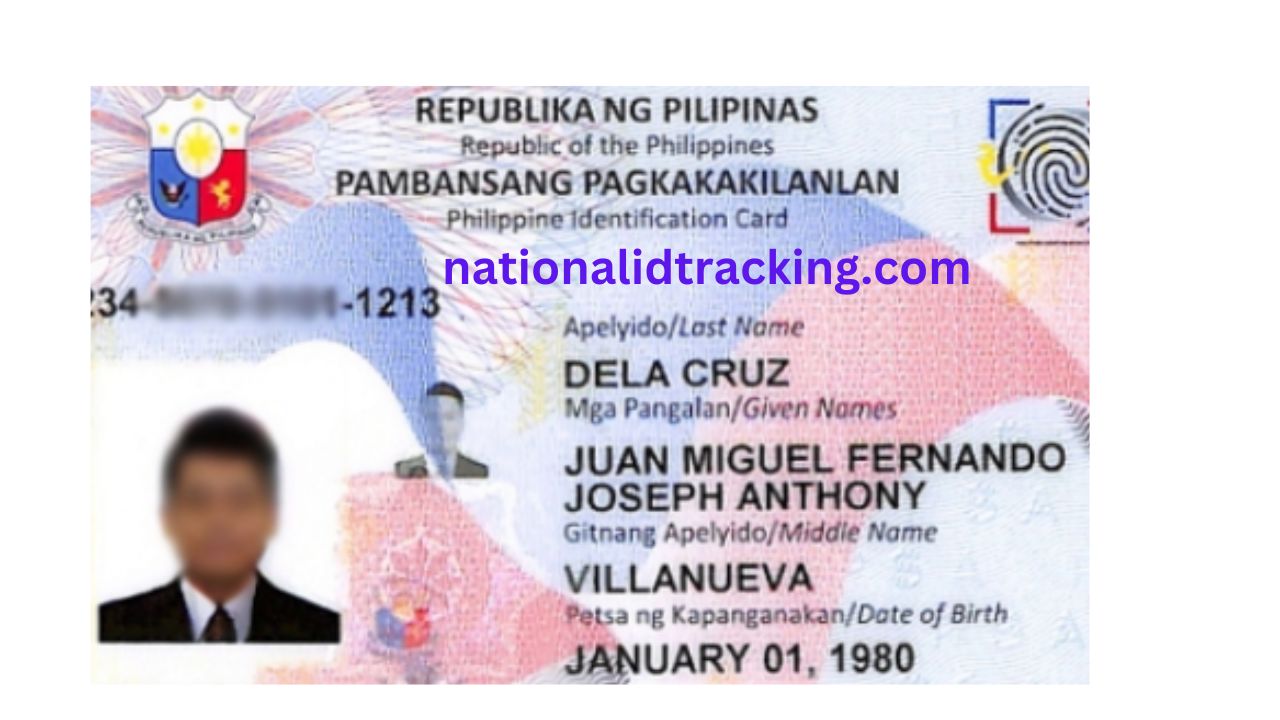
 Blog3 weeks ago
Blog3 weeks ago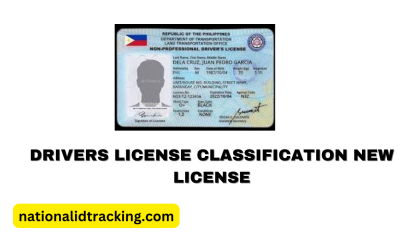
 Driving License7 months ago
Driving License7 months ago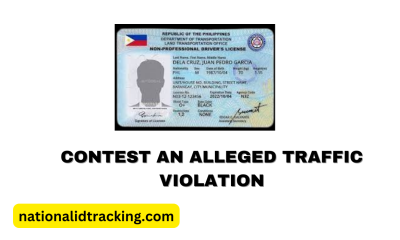
 Driving License7 months ago
Driving License7 months ago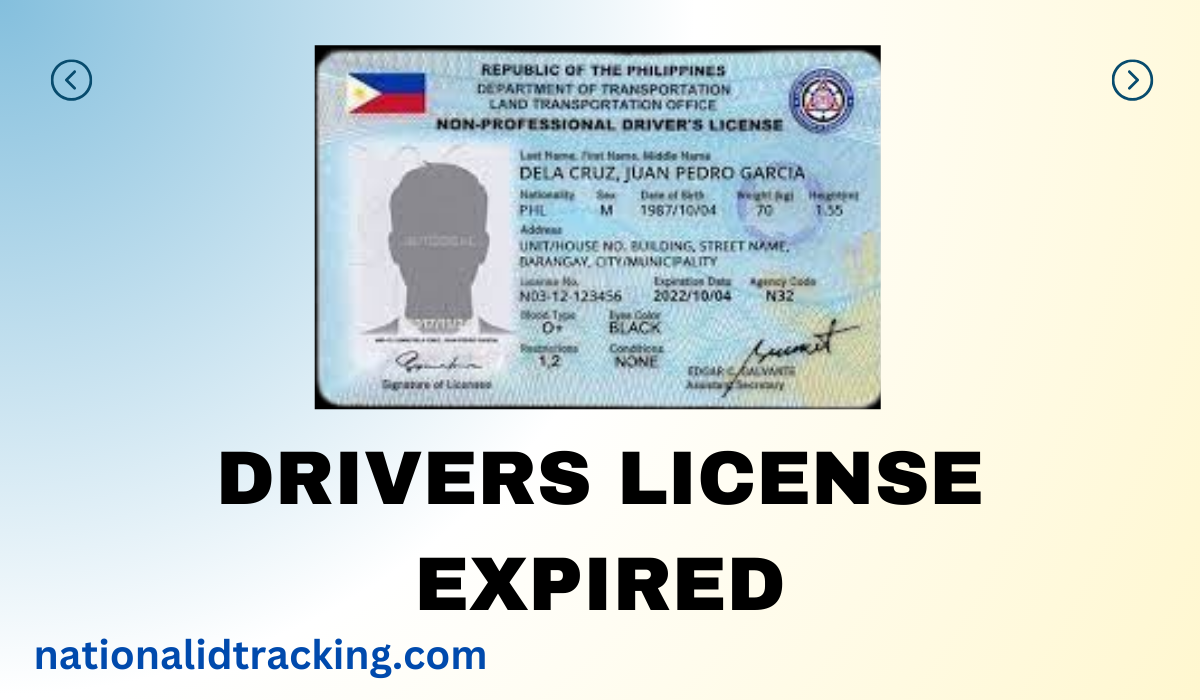
 Driving License7 months ago
Driving License7 months ago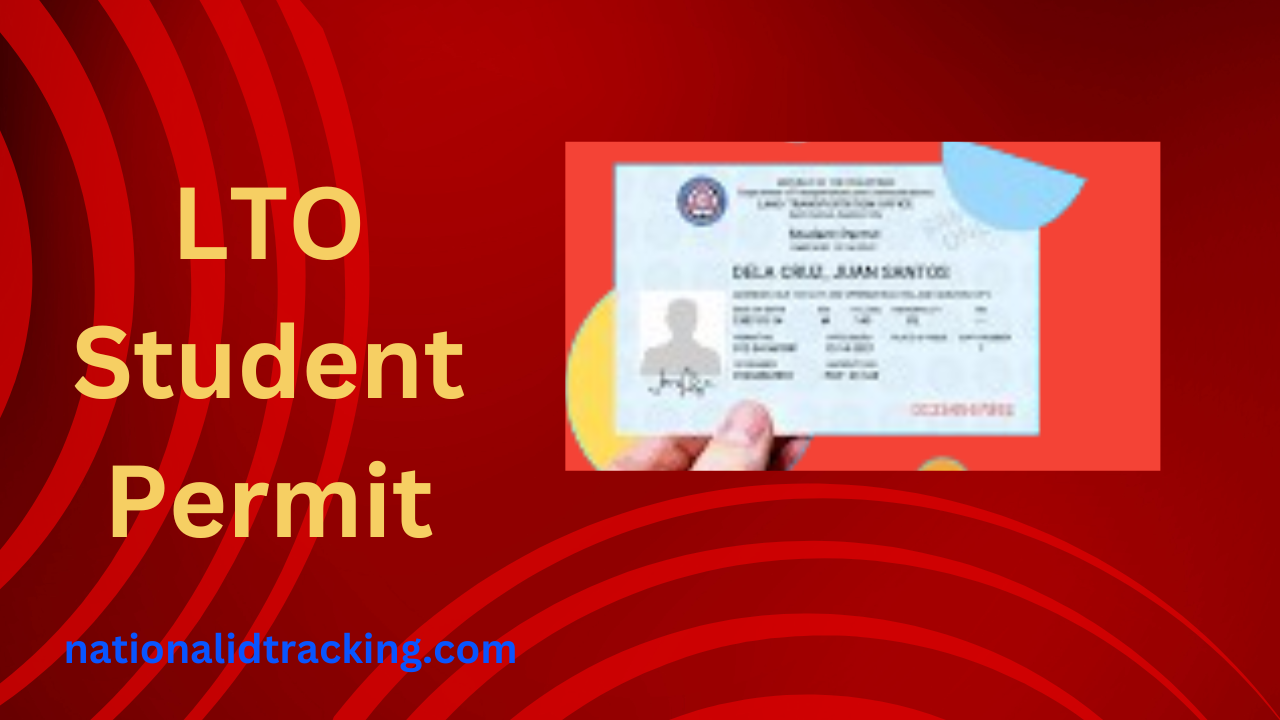
 Driving License8 months ago
Driving License8 months ago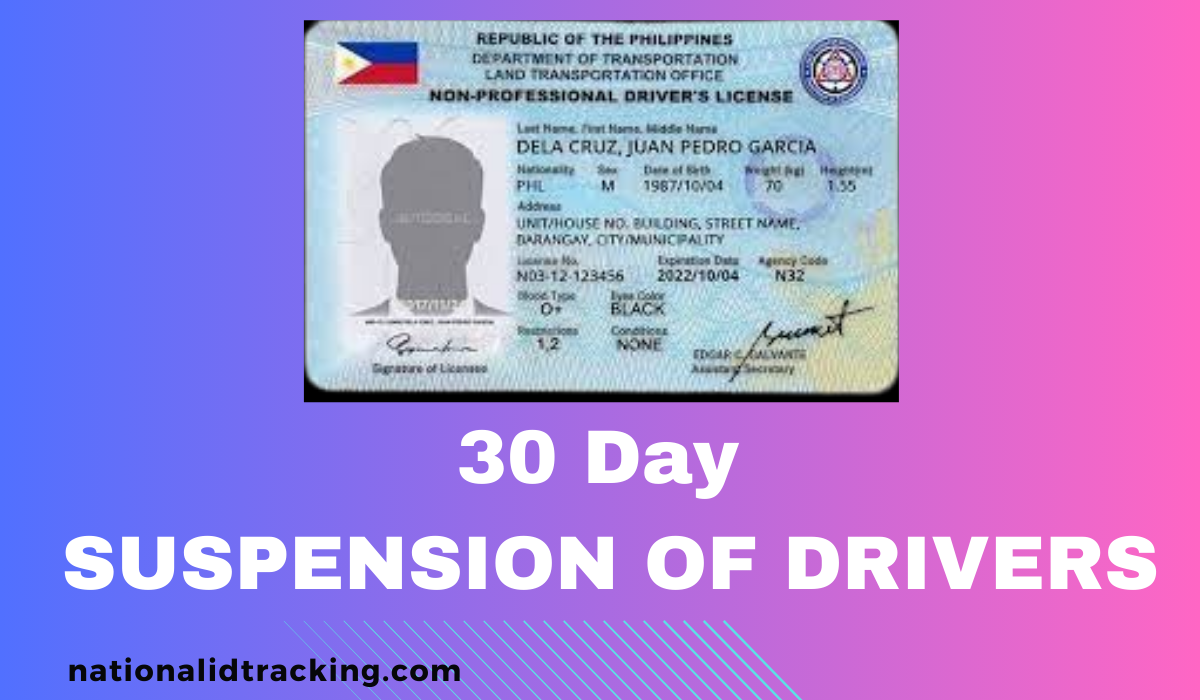
 Driving License7 months ago
Driving License7 months ago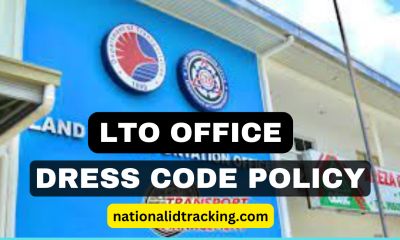
 Driving License5 months ago
Driving License5 months ago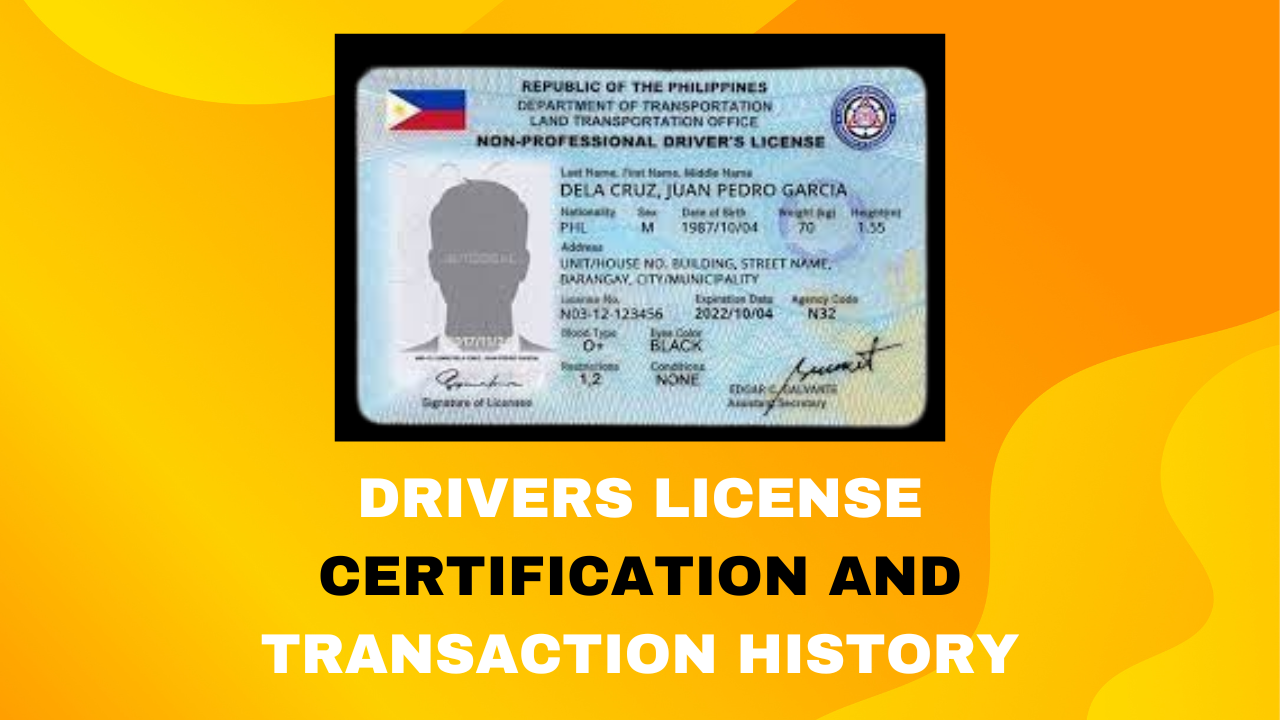
 Driving License8 months ago
Driving License8 months ago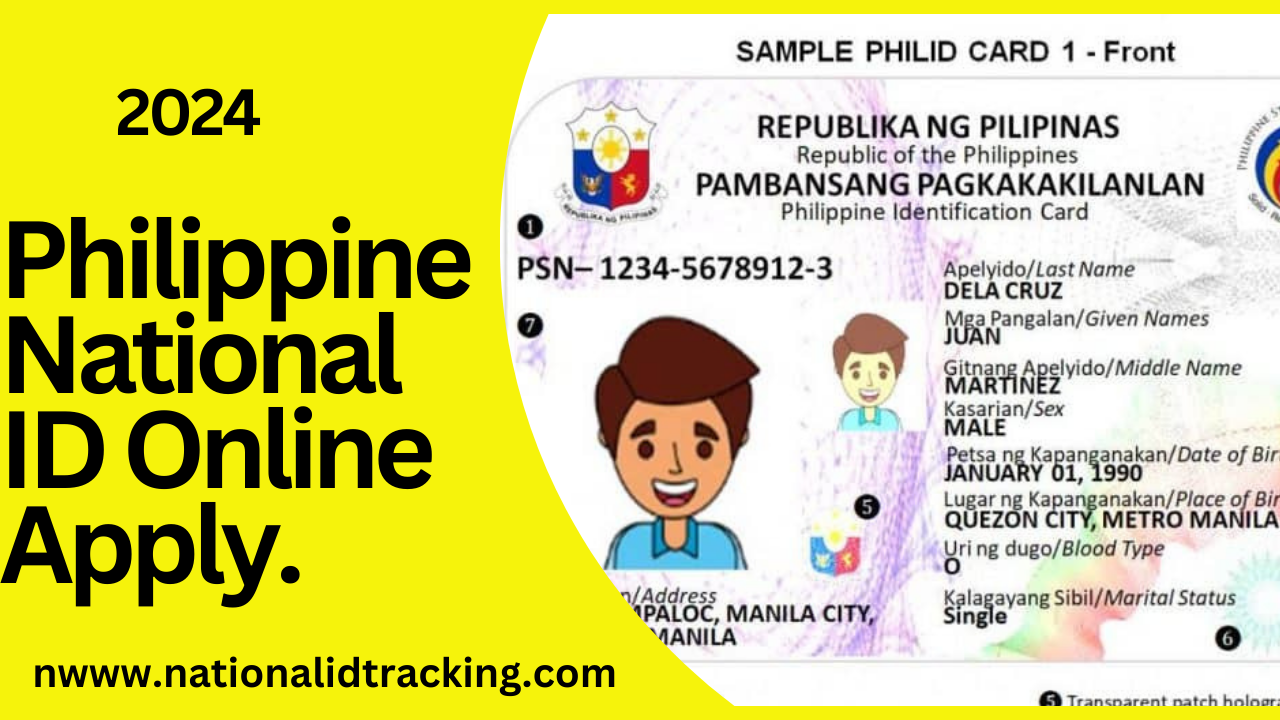
 Blog2 weeks ago
Blog2 weeks ago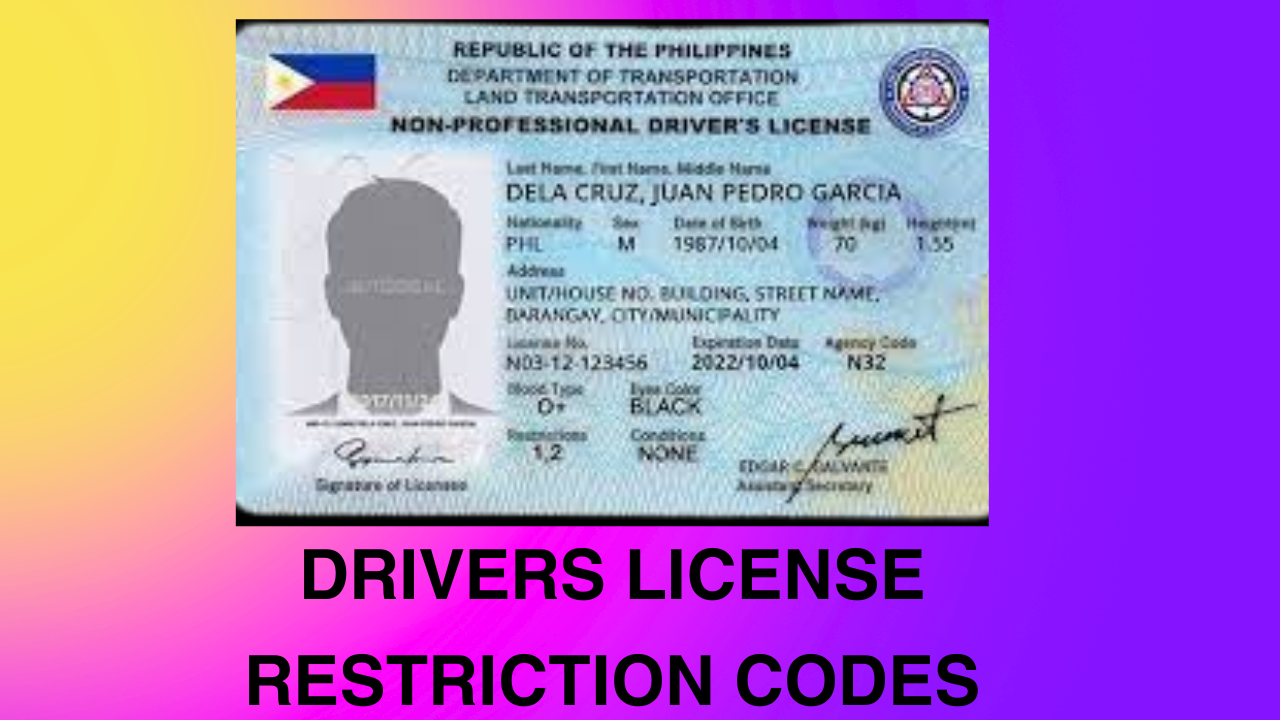
 Driving License8 months ago
Driving License8 months ago